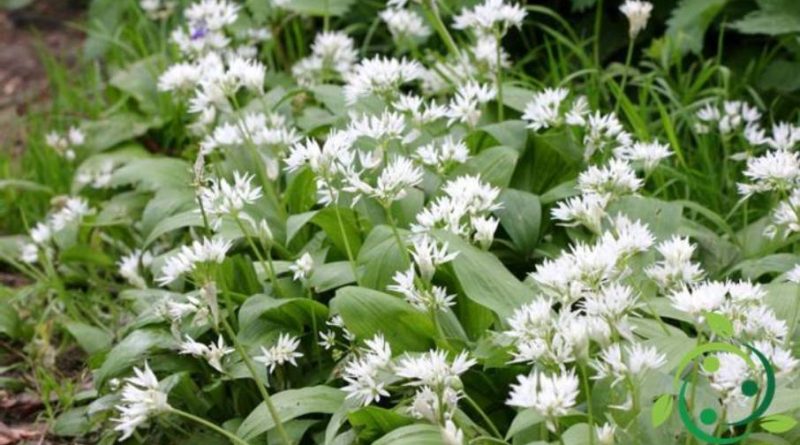How to grow Bear’s garlic
How to grow Bear’s garlic
The Bear’s garlic (Allium ursinum L.) is a perennial bulbous herbaceous species. It is a species that can be found in our woods sometimes in densely populated and thick stands and it is possible to grow it even in pot or in the garden.
In this guide we will explain how to grow ramsons, useful precautions and the most appropriate agronomic techniques.
The bear’s garlic is a plant that has a wide climatic adaptability, even if you need to know some essential aspects and can also be grown in pots in terraces or balconies.
The most suitable period for planting this garlic is from November to March. In the choice of the bulbils, care must be taken to make a preliminary selection, choosing the larger ones and allocating the smaller ones for further enlargement, by planting them even more densely in a specific area.
Once selected, the cloves should be kept in a sunny place and planted in a soil that has good drainage. Although this species prefers humid soils, stagnations can cause frequent rotting bulbs. The most suitable soils are those loose (with a high percentage of sand), well endowed with organic substance (to be done at the end of winter before the plant) and not very sunny.
The minimum temperature must not fall below 15-20 ° C so that, under certain climatic conditions it is advisable to carry out the plant at the beginning of spring. Obviously in an apartment the conditions can be under your control.
An important precaution to obtain good quality food bulbs must prevent the plant from flowering because the flowers would absorb a large part of the nutrients contained in the cloves. For this reason the flower stems should be cut just before these produce the buds. If, of course, the goal is decorative, completely change the technique and you will notice, that leaving the flowers bloom, they also have a nice decorative look. Recall that the flowering period is between April and May.
As for the harvesting period, one must adjust by observing the leaves of the plant. When these are completely dry it is possible to proceed with the collection of the bulbs, gently operating the grubbing up of the plant and leaving it to dry outdoors for a week or so. The period coincides with the late summer.
After this period the bulbs will be cleaned, depriving them of external tunics, roots and foliage. Normally it is advisable to create braids that are very similar to those found in greengrocers. However, it is important to never store bulbs in any other way, such as in plastic bags or in airtight containers.
Irrigation must be carried out until the late spring period, only if the weather conditions are lacking. In pot, obviously, it must be done every time the first layers start to dry up.
As for adversity, in addition to radical rots, which are avoided very well with the good choice of the substrate, the Bear garlic, like other plants of its kind is very resistant to insect attacks. Indeed the advice is to consociate it with other vegetable species to help them keep away aphids and mealybugs.

